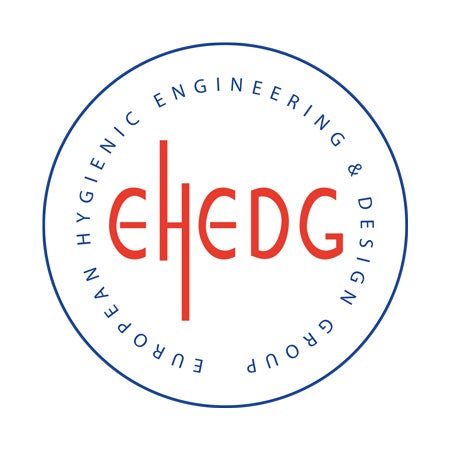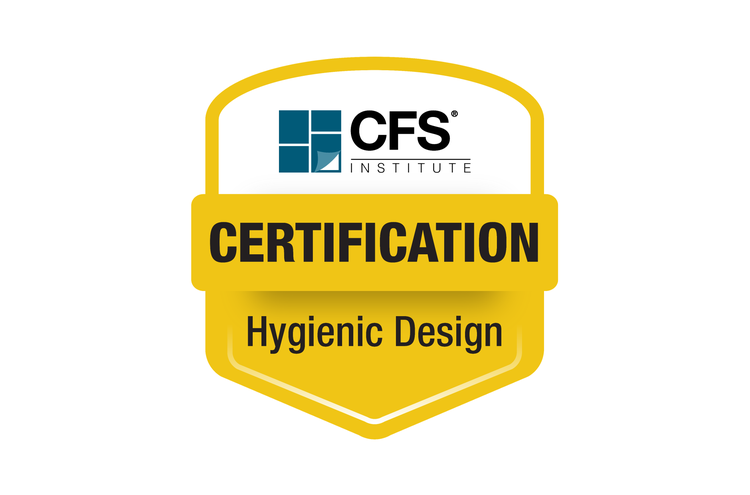EHEDG working group Conveyor Systems

To ensure that EHEDG Guideline Documents stay relevant and up to date, each document is updated at least once every five years, and each update needs to be aligned with both the latest needs of food processing companies, and new developments in food equipment innovation.
Most of the guideline development work is done by the EHEDG Working Groups. Their members represent a wide range of expertise on various subject matters, and ideally they reflect both the perspective of component developers and end-users. However, now and then these groups also reach out, to gather additional input on specific subtopics, and to establish consensus on fiercely discussed guideline details.
Keeping up with innovations and connecting expertise.
To further improve the practical value of the EHEDG Guideline Document Conveyor Systems, EHEDG Working Group Chair Roger Scheffler invites all EHEDG Connects Magazine readers, and particularly those working at food processing companies, to share their daily practical user conveyor system experiences with his working group.
When your working group developed the first edition of this guideline, it took quite some time to do so. Why was that?
‘We had very complex discussions about what was important to put into the guideline, and what was less important. Everybody had their own reasons for including certain items of information in the guideline, and we had to structure all this information into one comprehensive document that would make sense to a broad audience of EHEDG members. That’s why it took such a long time before we finally published our (excellent, by the way) initial guideline in 2016.’
What is it that makes developing food safe conveyor systems such a complex challenge?
‘Conveyor systems contain a lot of parts, and their design can vary tremendously depending on the type of food that needs to be transported through a production environment in which the hygienic requirements are high. Different aspects are, for example, the required transfer diameter, the transfer size, which sometimes demands, for example, tiny nose bars to transport small products such as little cookies from conveyor A to conveyor B. This then requires specific belt technologies etcetera.’
What about differences in cleaning methods?
‘We see a similar level of complexity in cleaning methods. If you have a line that needs to be allergen-cleaned in between batches, you need a very easy-to-clean conveyor system, a design that allows for easy access to all components. And this requires, for instance, low-tension or zero-tension belting, so that you can easily lift the belting and gain access to all parts of the conveyors effectively. All aspects related to the design, installation and integration, daily use and cleaning of conveyor belts, are parts of the same puzzle.’
Recently, various suppliers have started bringing innovative conveyor systems to the market, systems that promise shorter cleaning interval times. Have you also noticed this?
‘Yes I have, and that reflects the movement towards a more integrated approach to conveyor system development, where developers and designers now incorporate cleaning systems into their conveyor system designs. I personally think that any company striving to develop conveyor systems that offer both high performance and easy cleanability first needs to engage in a fundamental engineering investigation phase. What does it make most sense to incorporate? Just putting in a spray bar system or an Assisting Cleaning System (ACS) is not enough.’
What’s the current level of understanding? Are the design principles that you cover in the guideline commonly understood?
‘Many companies still need to develop a correct understanding on how to embed cleaning systems into food processing lines and their respective cleaning approach. This depends on technology as much as on cleaning practices. Concerning the type of cleaning: do you apply periodic cleaning? And why and when exactly? These are questions we need to pose, and this is what we communicate in the guideline: the importance of developing a comprehensive understanding of all aspects that affect the contamination risks, from the early design stage up to the daily use of conveyor systems in food processing environments.’
So, there’s still room for improvement for the automation of cleaning?
‘Yes, there’s plenty of room for that. In my daily work alone, I have seen so many spray bar installations at conveyor systems in Europe that are not in use anymore. The food processors think they are ineffective. I can see why: the engineers designing these systems, even if it’s a simple spray bar with nozzles, didn’t have the right focus. So I encourage everybody to anticipate the near future, and I think the conveyor guideline is a good starting point. It’s going to become even more user-friendly, and it will enable end users and design engineers to look at conveyor systems from a risk assessment perspective. That will greatly simplify choosing the best beltings, lifters, motors and so on.’
"All our working group experts agree that this is the better way of looking into conveyor guidelines."
You mention risk assessment. Is that related to the new GFSI hygienic design benchmarking requirements?
‘Yes, exactly. The basis of our thought process is the GFSI hygienic design benchmarking process. We have an end user in the group. That helps us to better understand what the specific requirements are right now. All our working group experts agree that this is the better way of looking into conveyor guidelines. This approach also aligns with new EHEDG activities that are looking more actively into GFSI aspects.’
The input of food processors is key in representing the perspective of the end users, so why are food processing companies still underrepresented in many EHEDG Working Groups?
‘To be honest, I don’t really know why that is. I just want to encourage end-users to really look into it. We have one end user in our group now, while we are developing this conveyor guideline mainly for the end users, and for designers that are closely related to food processing. So yes, I would love to have more end users involved because it adds so much value, and because the contribution that end users make can also be leveraged across other working groups. Practical input from food processors can provided highly valuable insight to other members within the EHEDG organisation. It really helps to give direction to the EHEDG guideline, certification and training activities.’
Please invite the readers to participate in EHEDG Working Groups.
‘Dear food processor, please consider joining one of our working groups, the conveyor group in particular would value your input. Hygienic design equals better food safety and better food safety starts with hygienic design, so your expertise would be more than welcome in making EHEDG Guideline Documents even better and more valuable than they already are.’



